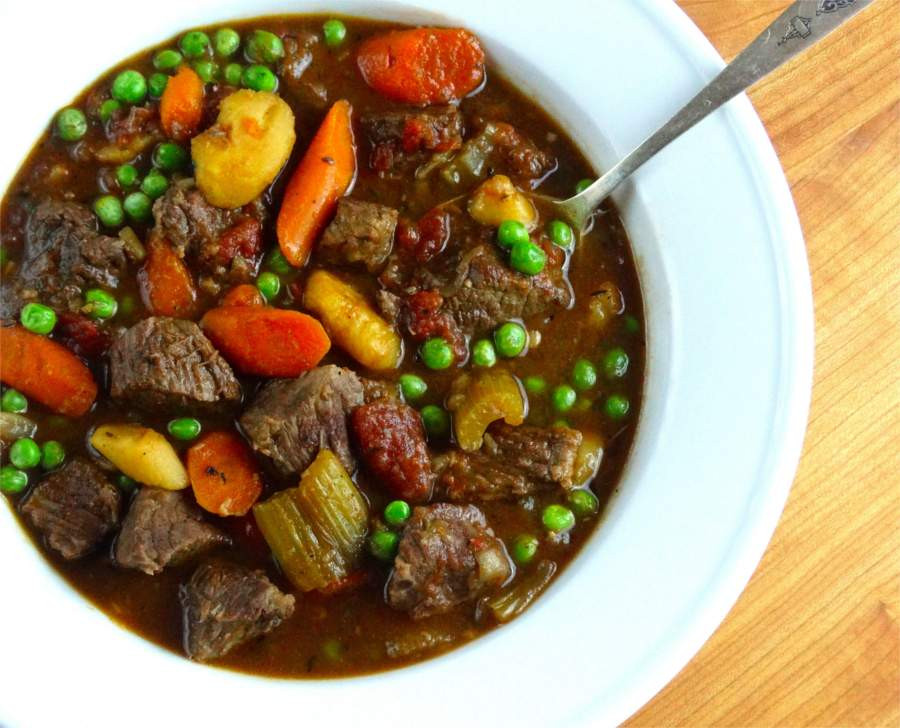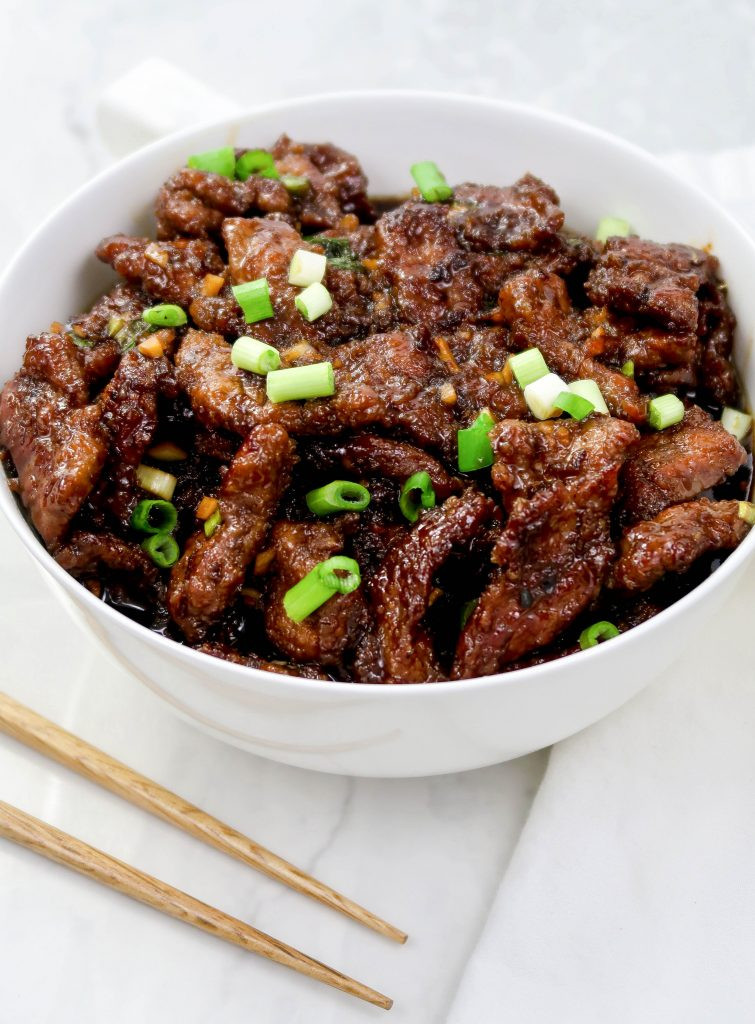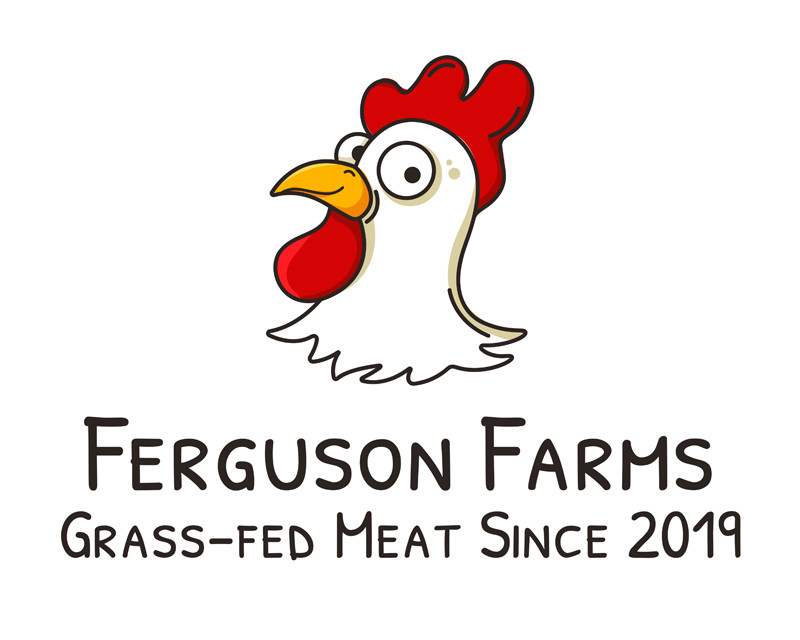Keto, Paleo, and Whole30 | Why Grass Fed Beef is Ideal for Your Diet
posted on
March 13, 2022
Diets are a lot like the people that take them on—they come in all different shapes, sizes, and levels of strictness. From the casual calorie shredder to metabolic militants, no matter the mindset, high-density proteins are a significant contributor to your wellbeing.
With so many possibilities out there, let’s narrow it down to three major diet trends in 2022: The Keto, the Paleo, and the Whole30 approaches. If you’re following these diets or considering giving them a try, finding products that fit into your diet plan might feel overwhelming. Fortunately, using grass-fed beef for any of these diets is an easy win.
Grass-Fed Beef is a Natural Fit
When following a Keto, Paleo, or Whole30 lifestyle, you’ll want to make sure you identify sources of good protein because it will be much easier to feel full, nourished, and stay on track.
One of the easiest and most effective ways to do this is by choosing grass-fed beef. Grass-fed beef provides lean protein, rich taste, and a path from farm to table that you can feel good about. Plus, both the Keto and Paleo diets recommend grass-fed beef over grain or corn-fed beef, so it’s important to find selections that work for you. Adding these cuts of grass-fed beef to your menu and keeping an eye on our website for more recipe ideas, trends, and cooking tips can help you get started.
To help you choose the options that will work best for your dietary needs, we’ve put together three delicious recipes featuring grass-fed beef. Let’s get cooking!
Keto-licious Burgers Trim Fat, Not Taste
The Ketogenic diet, often known simply as Keto, bases its success on switching out carbohydrates for foods with high-fat content. Your body recognizes this healthy fat as a source of energy and efficiently burns it as opposed to storing it. It’s the only dairy-friendly diet on our list, so you don’t have to give up your beloved aged cheddar when you make burgers. However, you do have to lose that side of fries.

To keep it Keto-friendly, make sure you lose the buns. Instead, try lettuce wraps around Ferguson Farms fresh ground beef.
Paleo’s Proof is in the Stew
The Paleo diet adopts the mission of “getting back to the basics” … and takes it to a whole new level. The plan itself is based on a hunting and gathering approach to modern dieting as it eliminates foods that became commonplace as a result of farming (about 10,000 years ago). By eliminating certain foods such as dairy, legumes, and grains, it seems a bit limiting on the surface. However, a creative chef can focus on Paleo’s high-protein and veggie-heavy allowances to stay satisfied with dishes like stews and chili.

Nothing captures flavor quite like a slow-cooker (fun fact: it also doubles as aromatherapy). So next time you’re in the mood for a hearty classic packed with protein, try it with Ferguson Farms stew meat.
Whole30 Leaves Processed Foods on the Shelf
The idea behind Whole30 is a relatively simple one—eliminate anything from your diet that is processed (main culprits include added sugars, grains, dairy, and certain legumes). They also ask you to kick out the vices such as alcohol and tobacco products. By taking this on for 30 days, this strict regimen is meant to help your body hit the reset button. If it seems daunting at first, remember that simplicity is key, and the flavor doesn’t disappear (especially when you’re smart with herbs and spices).

Being bold with a change in your diet does not mean you have to be a Michelin Star Chef. Even for a novice in the kitchen, simple recipes such as tasty Mongolian Beef can go a very long way especially when you try it with Ferguson Farms flat iron steak or top sirloin.
Making Grass-Fed Beef Your Main Ingredient
While these trending diets vary in many respects, animal proteins like those found in grass-fed beef are a must. Check out other possibilities for adding grass-fed beef to your diet by exploring our recipes and beef product selections.




